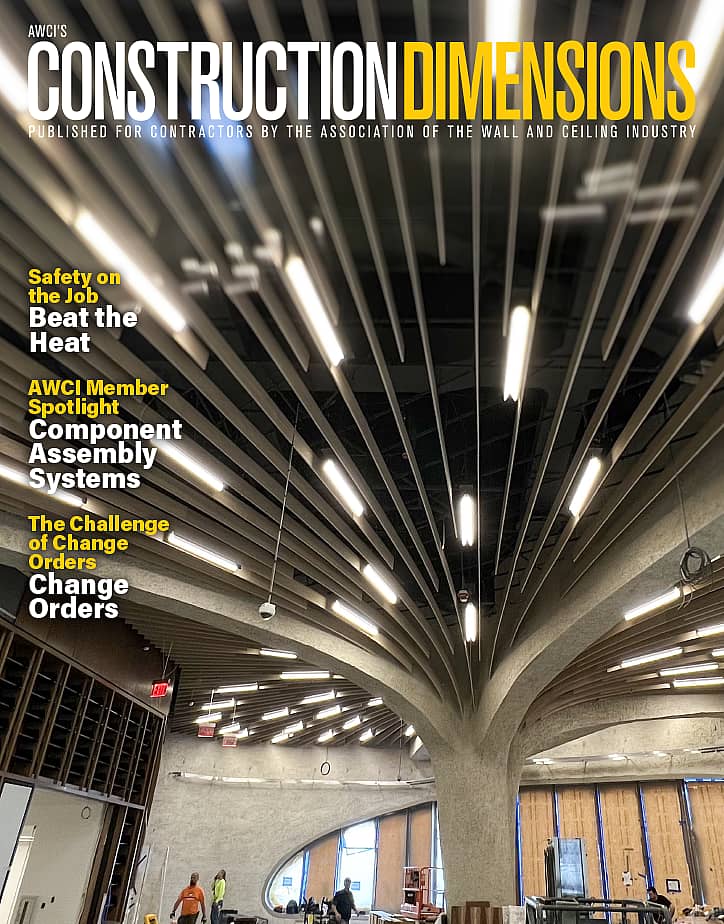Business conditions at architecture firms deteriorated in September. The AIA/Deltek Architecture Billings Index score of 44.8 for the month is the lowest score reported since December 2020 during the height of the pandemic and indicates that the share of firms reporting declining billings has significantly increased. In addition, the value of newly signed design contracts also slumped in September, indicating that there is increasing reluctance among clients to sign contracts committing to new projects. Although firms continued to report relatively robust backlogs of 6.5 months on average, they have shrunk by nearly a month since their peak of an average of 7.2 months in March 2022.
Declining billings were reported by firms in all regions of the country in September, with firms in the West continuing to report the softest business conditions, as has been the case for the last four months. Conditions also softened further at firms located in the South and Northeast, while billings declined at a slower pace at firms located in the Midwest. By firm specialization, billings were essentially flat at firms with an institutional specialization, while they declined further from August at firms with a commercial/industrial specialization and remained very soft at firms with a multifamily residential specialization, where billings have declined every month since August 2022.
Loss of architecture positions from July–August offsets gains seen so far this year. While overall national nonfarm payroll employment increased by a surprisingly strong 336,000 new positions in September, architectural services employment softened notably in August, the most recent data available. The industry shed 1,900 positions from July to August, offsetting most of the employment gains seen so far this year
Technology use varies greatly by firm size. Architecture firms were asked about the adoption and implementation timetable of various architecture firm-related technologies with design and/or business applications at their firm. They were also asked about their expectation of the potential for emerging construction-related technologies to be incorporated into construction processes over the next five years. Overall, more than three-quarters of responding firm leaders (76%) reported that they’re already using building information modeling and technology for ongoing projects, while nearly half (42%) are already using enterprise collaboration (a system of communication that makes it easier for employees to work together on key projects), and one-third are using virtual/augmented reality/real-time rendering. Firms are generally interested in implementing additional types of technology over the next 10 years, however, 58% of responding firm leaders indicated that they have no plans to implement additive manufacturing (3D printing) or big data/data science technology, while half have no plans to implement parametric design (an algorithm-based method merging the design intent with the design outcome), and 44% have no plans to implement artificial intelligence for firm operations applications (e.g., marketing, HR, strategic planning, finance/administration).
There are some significant differences in technology use by firm size, with large firms generally being more likely to report already using certain types of technology or planning to implement them in the near future. Notably, 94% of large firms with annual billings of $5 million or more are already using BIM, in contrast to 39% of small firms with annual billings of less than $250,000, while 62% of large firms are already using enterprise collaboration versus 15% of small firms, and half of large firms are using virtual/augmented reality/real-time rendering versus 18% of small firms.
In terms of construction-related technologies, most responding firm leaders indicated they believe that all are at least somewhat likely to be incorporated into construction processes over the next five years.




